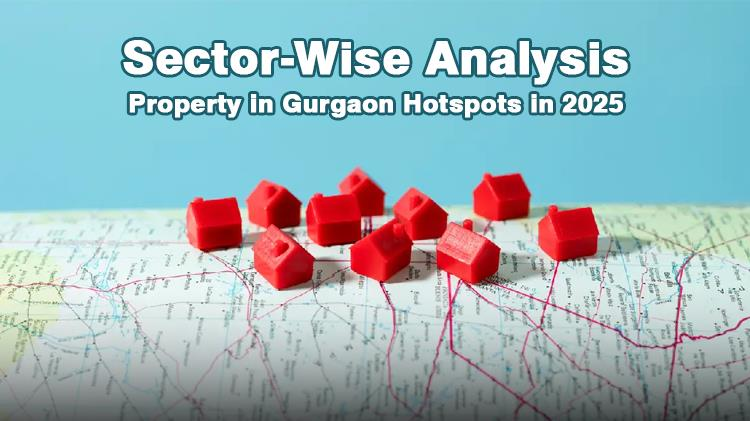
Renting out your property can be a rewarding venture, offering a steady income stream and long-term financial benefits. However, becoming a landlord involves more than just handing over the keys to a tenant. From preparing your property to managing tenant relationships, this guide will walk you through every detail of renting your property successfully.
1. Preparing Your Property for Rent
Before listing your property, ensure it is in excellent condition and meets all legal requirements:
-
Conduct a Thorough Inspection: Walk through your property to identify any maintenance or safety issues. Address problems like faulty wiring, broken fixtures, and plumbing leaks.
-
Ensure Safety Compliance: Install smoke detectors, fire extinguishers, and carbon monoxide alarms. Verify that the property adheres to local building codes and safety regulations.
-
Enhance Curb Appeal: First impressions matter. Clean the exterior, repaint the walls, and maintain the landscaping, if necessary, to attract potential tenants.
-
Furnish Thoughtfully: If offering a furnished property, ensure all furniture is clean and functional. For unfurnished properties, consider staging for viewings to help tenants visualize the space.
2. Understand Legal Obligations
As a landlord, you must comply with local laws governing rental properties.
-
Research Landlord-Tenant Laws: Familiarize yourself with rules regarding security deposits, tenant rights, and eviction processes, rights in your area.
-
Draft a Comprehensive Lease Agreement: This legal document should include rent terms, rules of property use, maintenance responsibilities, and any specific conditions, like pet policies or smoking restrictions.
-
Insurance Coverage: Secure landlord insurance to protect against property damage and liability claims.
3. Setting the Right Rental Price
Determining the correct rental price is crucial for attracting tenants while maximizing profitability.
-
Market Research: Compare rental rates for similar properties in your area using platforms like Trulia and Zillow.
-
Consider Property Features: Factors like location, size, and amenities can influence pricing.
-
Include Additional Costs: Account for expenses like maintenance fees, utilities, and taxes when setting the rent amount.
4. Marketing Your Property Effectively
You need a solid marketing plan to draw in dependable tenants.
-
Professional Photography: Stunning images can help your listing stand out on the internet.
-
Virtual Tours: Offer 360-degree virtual tours to allow prospective tenants to explore the property remotely.
-
Optimized Listings: Use detailed descriptions with keywords like close to public transport or pet-friendly on popular rental websites.
5. Screening Potential Tenants
Selecting the right tenant is vital for maintaining a stress-free rental experience.
-
Application Process: Requires prospective tenants to complete an application form with personal details and references.
-
Background Checks: Verify employment history, rental history, and credit scores to assess reliability.
-
Interview Tenants: Engage in conversations to gauge their suitability and ensure they understand lease terms.
6. Signing the Lease Agreement
Once you have chosen a tenant, formalize the agreement with a lease agreement.
-
Key Details to Include: Names of both parties, rent amount and payment, lease duration, security deposit terms, and any special conditions.
-
Legal Compliance: Ensure the document adheres to local laws and is signed by both parties before move-in day.
Conclusion
Renting out your property requires careful planning and ongoing management, but can be highly rewarding when done correctly. By preparing your property meticulously, adhering to legal requirements, maintaining strong relationships with tenants, and marketing effectively.





3 Comments